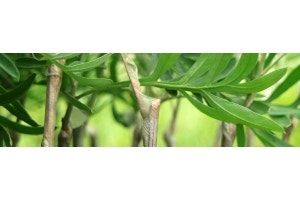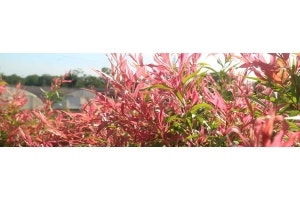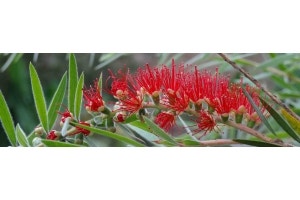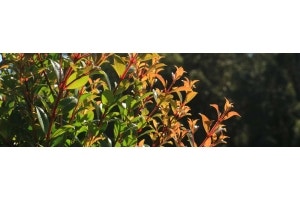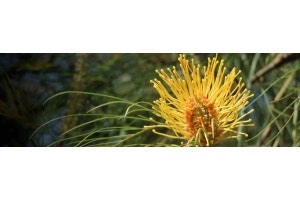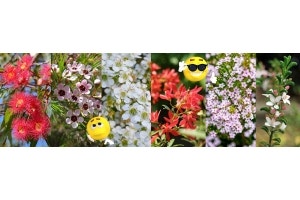
Fly My Pretties!
 This Hallowe'en, we celebrate the archetypal animal for this spooky season - the awesome insect-munching, flower-pollinating, super-cute, under-threat BAT.
This Hallowe'en, we celebrate the archetypal animal for this spooky season - the awesome insect-munching, flower-pollinating, super-cute, under-threat BAT.
Bats are ancient - even older than Count Dracula.
They've been around for over 50 million years, when Australia had just split from Antarctica....
Find out
- how bats are friends to gardeners, drinkers, fruit lovers;
- how bats are mighty mozzie eaters and even mightier mothers;
- and why you should find a home for bats in your back yard

"I seen ‘im, Mr Banks, black as the divil ‘imself, jes’ like a one gallon cagg, wi’ great pointed ‘orns on ‘is ‘ead, all draped about wi’ leathern cloak, ‘angin’ arsy-varsy from a wither’d branch, oglin’ me wi’ bulging eyes.‘E climbed but slowly, but I daren’t touch ‘im, God save us: gi’ me a lee shore any day – I baint goin’ there again fer nowt.
‘Twould suck yer blood soon as look at yer."
illustration: Giles Watson
In 1770, while beached on the Great Barrier Reef, a seaman on the Endeavour reported sighting a “vampire bat” to Sir Joseph Banks. Despite our Halloween tale, there are no bloodsucking vampire bats in Australia. Our almost-one-hundred native bat species eat only insects, fruit, and nectar. Don't touch them and they won't bite you.
MegaBats : super-pollinators

Megabats - large bats, also known as flying foxes and fruit bats - are fantastic at tree-planting and fruit pollination.
They love to eat sweet fruits, nectar, blossoms, and pollen; and fly long distances to find food, helping to disperse tree populations across a wider range.Over 500 species of flowering plant - 300 of them fruits - rely on bats as their main or only pollinator. Plants pollinated by megabats include date palm, banana, guava, mango, and peach tree.
If you love your breakfast smoothie, thank a bat this morning!

Bats : moving to the city
There are around 11 species of flying foxes and fruit bats in Australia, all native. You might have seen some in the city parks - like the Gould's Wattled Bat in Melbourne.They'd rather be out of our way in an old eucalypt hollow by a billabong; but since we cleared so many gum trees in bushland, and the water sources are drying up, they've moved house into the sheltering fronds and shedding bark of cabbage palms and cypress pines.
Temperatures have risen in our cities over the past couple of decades, and these bats like it warm.
Instead of staying up the tropical top end, they've moved south. Plus, those parks have plenty of fresh water to drink, and tasty treats for bats to feast on!

Word of the Day : Chiropterophily
That means bat pollination of plants. Aussie megabats love a sweet feast of pollen!The Northern Blossom Bat laps up mangrove pollen, helping to keep our mudflat waterfronts intact. Black and Grey-Headed bats are key workers in the pollination and seed distribution of eucalypt and paperbark (Melaleuca) forests, carrying heaps of pollen on their whiskers and fur like long-distance plant posties.
Pollen-munching megabats keep their keen eyes peeled for pale or white flowers, on long stalks so they can be seen easily at night. Some bat-pollinated flowers open only at night to serve their pollinating friends.
Good Choice For Bat-Friendly Flowers

Flat, open, white, scented flowers like gardenia Grandiflora, star jasmine (Trachelospermum), port wine magnolia (Michelia); and mock orange (Murraya), Mexican mock orange (Philadelphus) and Mexican orange blossom (Choisya) are ideal to feed a hungry bat.
MicroBats : mighty eaters
 Microbats are tiny, weighing less than a ten cent coin (and are not much bigger in size, with their wings folded).
Microbats are tiny, weighing less than a ten cent coin (and are not much bigger in size, with their wings folded).
They might be small, but they are mighty! Microbats are awesome insect exterminators. These furry friends can eat thousands and thousands of insects every night - from one third to three-quarters of their bodyweight, which is like you or me eating around 120 big macs.
Their preferred snacks include mosquitoes, termites, lawn grub moths, weevil beetles, even cockroaches. Be honest, you like bats more now, hey?
Keep the bitey things away from you, and save them for the bats - lemon-scented plants and aromatic herbs are said to deter mosquitoes and midges, until the bats can crunch them up.

held bats - large-eared pied bat, little forest bat: Doug Beckers Microbats are nocturnal, and talk to each other with ultrasonic calls that are too high for humans to hear.
During the day they snooze in tree hollows - or where their wild habitats have been destroyed or encroached on, or occupied by birds, they sleep in barns and buildings. Their favourite homes are old-growth eucalypts. The trees also provide nursery roosts for pregnant bats. Fertile bats only give birth once a year, some to a single batbaby, some to twins. That's a good job because baby bats are about a third of mama's weight - or over 20kg for an average human mum... Yikes.
Help a Bat, Save a Tree

swaddled bat Mike's Birds, swaddled babies: canungra
Help the bats : Save old trees.
Leave dead trees where you can. Plant new trees, especially natives. If you don't have room for a tree, hanging a bat box will help give bats a home - they like to snuggle together at night. (Who doesn't?) These resources will help you build and site a bat box in your back yard :- National Parks & Wildlife Backyard Buddies : build a microbat roost box plans
-
Australasian Bat Society :
install a microbat house - ABC Gardening : build a bat box video

Bats : the drinker's friend
Tequila is made from the sugars in the leaves of the blue agave plant. The blue agave is pollinated by an endangered bat, the lesser long-nosed bat.The bats thrive when the agaves thrive, and the agaves rely solely on the bats to pollinate their flowers. Raise a glass to the long-nosed bat, to say thanks for its pollination efforts!
The agaves we sell won't give you tequila, but they will give you waterwise, low-maintenance, easy-care, heat-tolerant colour in your garden all year round.


















